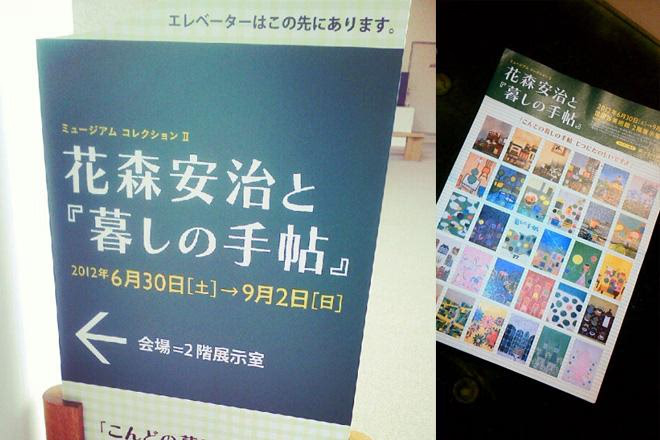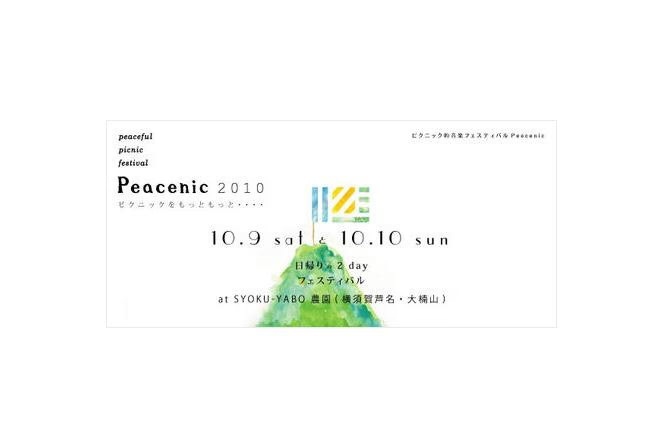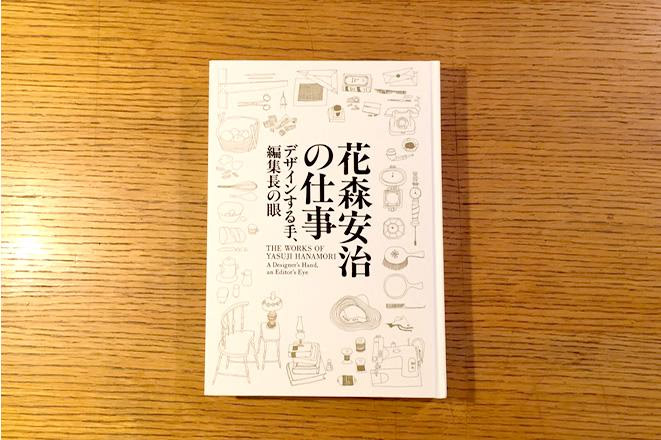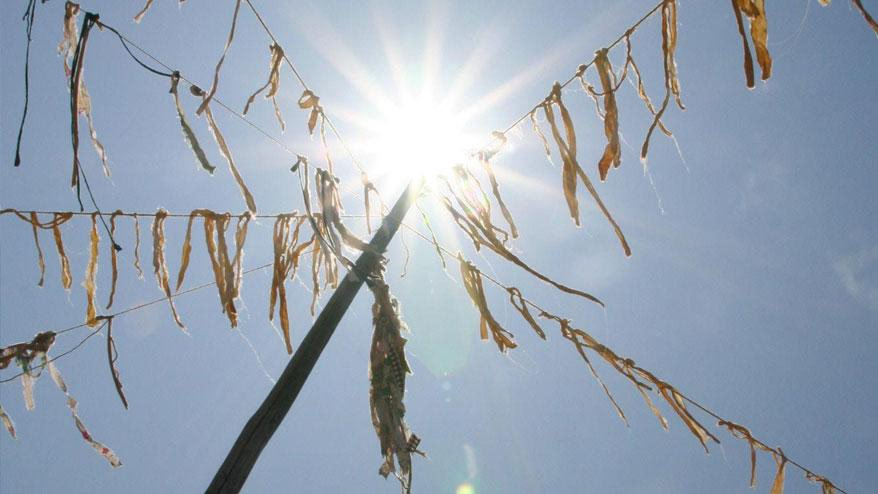This is Shizuha from the design department.
When I was writing about design tips, after I finished writing the last article , I started thinking about what I should write about next, five months ahead. I had been struggling with the subject matter many times before the first draft, so I felt that I had to decide on the subject of my next article early, and so I sank into the sofa in my living room and looked at the bookshelf at home.
The bookshelf, which can be called my trajectory, is lined with many books and magazines of things I like, things I learned, things I was involved in, and each and every spine holds a memory. Among the album-like rows of spines, one that caught my eye was "Design by Yasuji Hanamori," a collection of works by Yasuji Hanamori, who was the editor-in-chief of the magazine "Kurashi no Techo."
Looking at the spine of the book, I remembered how I managed to sneak in to the exhibition "Hanamori Yasuji 'Kurashi no Techo' Exhibition," held at the Setagaya Art Museum in 2012, on the last day.

Setagaya Art Museum visiting the exhibition "Kurashi no Techo" by Yasuji Hanamori (September 2, 2012)
Until then, I had been designing flyers for music events and drawing illustrations for them, but when I got stuck in my production, I would often go to the bookstore in front of the station and browse art and design books, and Hanamori's collection of works was on my reference list. I didn't know much about Hanamori before going to see the exhibition, but I really liked his style, and it was one of the Okimari books I always picked up to face my own sensibilities. But when I went to the exhibition, I was inspired to see more than just Hanamori's illustrations, and I welcomed "Design by Yasuji Hanamori" to my bookshelf.

"Design by Yasuji Hanamori" / Kurashi no Techosha / Released December 19, 2011
My first encounter with the magazine "Kurashi no Techo" was...
Day trip hot spring in the mountains
My interest in Yasuji Hanamori began when I stopped off at a day spa in the mountains on the way back from a music festival with some fellow event organizers.
The hot spring had a simple appearance, like a country hot spring, and there was a relaxing lounge where you could stretch your legs and relax after a bath while drinking tea or coffee and milk. The tatami room was dreary and unremarkable, but the only thing that was different was that there were countless copies of "Kurashi no Techo" magazines lined up.
There were probably over 100 issues of Kurashi no Techo lined up, and although I picked up a few and didn't read them thoroughly, I glanced at them, starting with Hanamori's covers, and felt a warmth from the binding and illustrations. I remember feeling a sense of freshness in the old issues.
Although I had heard of the existence of "Kurashi no Techo" up until that point, I had no idea what kind of magazine it was, let alone read it. However, the friend who came with me was delighted by the large collection and spoke passionately about Yasuji Hanamori, and I learned that he was a fan. As I listened to his passionate speech, I became more and more interested in the magazine.
The Flag of Issen-Go-Rin
One of Hanamori's representative works and my favorite is "The Flag of One Stolen Amount."
The work was written by Hanamori, who served in the Greater East Asia War, and is filled with his desire to prevent a repeat of war, and conveys a strong determination to protect the lives of ordinary people.

"The Flag of Issen Gorin" by Yasuji Hanamori (author) / Kurashi no Techosha / Released in January 1971
I had never really thought much about flags before. Their origins date back to over 3000 years before Christ, and they have a deep connection to humanity. There are many flags around us, such as the Japanese national flag, the rising sun flag, school flags, fishing flags, and military flags. Each has a role to play, whether it be a symbol of a country or organization, a sign that can be seen from afar, or a sign showing rankings or achievements, and they all serve to express one's identity.
The reason why I felt such a strong connection with this piece is because the symbol of the music event I was hosting was a flag, and the organizer told me about a piece called "Issan Gorin no Hata."
Flags and symbols
As I have written before on the Monosasu website, while organising music festivals in my 20s, I was also immersed in music, fashion, art and design, particularly in what is known as subculture and counterculture (you can read about music and design here , and about how I ended up organising music festivals here ).
About five years after starting the music festival at the age of 25, I found myself talking with friends who were helping me plan the events, and we started talking about wanting to take it to the next step.
At the time, the appeal was the convenience of holding one-day festivals, but we felt that the amount of content that could be packed into one day was quite limited. At other large and medium-sized outdoor festivals, the trend was for people to camp out and enjoy themselves over two days, and there was a lot of room for other things to be enjoyed besides music, so we thought that we needed to consider other things in order to take things to the next level.
Around that time, a friend told me about a man who was running a non-pesticide farm at the trailhead of Mt. Okunusu in Yokosuka and was opening a restaurant that served dishes made with the vegetables grown there. It was a wonderful request to hold a two-day festival in this special place surrounded by a large forest. I remember inspecting the site and feeling an unprecedented expectation for this special place, and my imagination quietly began to gather momentum.

SHOKU-YABO Farm at the foot of Mount Okunusa in Yokosuka (photo from that time)
After considering the location and scale, we decided to invite 100 people, including musicians, food and drink vendors, craft vendors, management staff, and other artists, and 300 customers per day, which is an unprecedented scale and we are excited about it. So, in line with the step-up of our event itself, we decided to renew the design from the previous blue bird symbol mark.
The design of our festival symbol mark was done by a friend who had been an organizer since the first festival. However, by that time his main job as a graphic designer had become more important and he was no longer involved in event management, but he was happy to accept our request to redesign the mark.
After a while, the new symbol mark was completed and finally unveiled.

The Peacenic symbol mark, which was renewed for the 2010 festival, and the old symbol mark
We were inspired by the flag logo, and the organizers came up with the copy "More and more picnics...", and based on this I drew an illustration to create the festival flyer visuals, and a video artist created a promotional movie showing the transition from the old symbol mark to the new symbol mark, and we are now taking a step forward with a new image.

Event visuals I created to match the new symbol mark and the venue, Mt. Okusu.
Promotional video for the event, created with the concept of transitioning from the old symbol mark to the new symbol mark.
What we always keep in mind when hosting events is "making everyday life richer."
At first, it was just for the group to have fun, but gradually more people joined, members started families and had children, and the atmosphere of the event itself gradually became more adult along with them.
Each person has their own daily life, and only during the festival can they feel something special. We hope that it will have a richer impact on daily life, even if only a little. We expressed this through words, visuals, music, and video. We gathered artists who put in a lot of effort, incorporated ideas, and created works that will lift your spirits just by holding them in their hands. The audience, who felt this, also took home something special, and we imagined it gradually becoming part of their daily lives.
The festival's theme, which was based on these thoughts, strangely overlapped with the expression "common people" in "The Flag of Issen Gorin," and the empathy I felt strangely brought me closer to the flag. The flag was a symbol of our desire for such "abundance."
What is "richness" created by design?
I have always believed that there are two essences to design.
One is to make things look better and more eye-catching.
The other is to make people's lives richer and more convenient.
It's something both of them had been thinking about even before they became creators.
This essence remains the same even when you actually become a designer. Writing this article has forced me to think about the latter point once again.
What is “abundance”?
A Google search reveals the following:
To be in such a state of contentment that one can see space to spare.
A state of being sufficient and not lacking.
A relaxed and easy-going state.
via:Google 2017.4.26
Money gives you more options. It also saves you time and makes it easier to have more experiences. On the other hand, it can be harder to find value in things you have chosen over time. When you think about it like that, it all comes down to "what you are looking for." Rather than seeking the happiness and luxury that others have defined, finding the standard that you think is just right, having options based on that, and then being able to shape your ideal from there is what "wealth" is all about.
After the war, Japan went through a period of rapid economic growth, and changed from an era of scarcity to an era of abundance. Convenient home appliances became widespread and were called the three sacred treasures, and it became common for every household to have at least one car. Before we knew it, people began to find their own preferences and sense in these items, and they began to assert slight differences in appearance and specifications as the individuality of their own choices.
Then, as we moved into an era where things could be sold, competing manufacturers proliferated, and the products produced were chosen based on slight differences and price, so I think the thoughts that went into the product became less important.
In recent years, as we have entered an era in which things are not selling, values such as recycling and ecology have been born from a society that was solely based on consumption, and rather than the notion that new items are luxurious, it has become commonplace to think that taking care of things and reusing them adds value.
We have felt a sense of abundance in the abundance of things and the unlimited choice we have. Furthermore, in recent years, we have entered an era of freedom in which we can decide our own lifestyle and work style, and live anywhere in the world if possible. Never before have we lived in such an affluent era.
We live in an age where the greatest achievement is recognized as the self-actualization of one's own values and standards. That is why I feel that the essence of design is to create things that symbolize the affluence that is needed at that time, and that can create value in affluence and convenience with an eye to the future, and that can enter people's consciousness as an option.
The work of Yasuji Hanamori and the reality of postwar Japan
"Kurashi no Techo" is a unique magazine in the world that operates without corporate advertising. There are various reasons for not having advertising, such as the design of the pages and the impact on the contents of product testing. What's more, it's surprising that Hanamori herself handled everything from editing to binding, cover design and photography all by herself.
"Kurashi no Techo" was launched with the hope of enriching the lives of ordinary people through ingenuity and ideas during the post-war period when supplies were scarce.
I have been reading books and movies about the Greater East Asia War and the Pacific War with great interest. One of the reasons for this is the book "Listen to the Voices of the Sea" that I read in my second year of junior high school, and the impression I had when I visited the Himeyuri Monument and Peace Memorial Museum in Okinawa as a teenager. In both places, you can see the wills of Japanese student soldiers who died in the final stages of World War II. Until then, my image of war was the battle scenes with tanks and fighter planes, the damage and tragedy of the atomic bomb, and the ruthlessness I felt through the movies "Grave of the Fireflies" and "Barefoot Gen". However, when I read those wills, I felt a more real sense of the lives of people, their families, and their individual thoughts that led to their deaths, rather than the tens of thousands of people who died or the terrible things they suffered.
In postwar Japan, behind those who died, there must have been many who were left behind and had to continue living. With a shortage of men to help out, it is easy to imagine how women had to work incredibly hard to support their families and communities. Perhaps it was precisely because of this time that Hanamori continued to write in hopes of imparting wisdom and ingenuity to women, particularly housewives, to help them feel a little more fulfilled.
A vision for the future that is linked to the work of Yasuji Hanamori
After deciding on the theme, I learned that the Setagaya Art Museum was holding an exhibition called " The Work of Hanamori Yasuji - The Designing Hand, the Editor-in-Chief's Eye (February 11 - April 9, 2017)" and, feeling that it was a strange coincidence, I really wanted to go and see it again. However, since the beginning of this year, I have been planning to move house, and I have been spending my weekends searching for a new house. After I finally found a property I liked, I had no time to come to Tokyo to see the exhibition as I was moving concretely, and by mid-March, I had almost given up.
In the end, I was disappointed that I couldn't make it to the exhibition, but as Omura from the editorial department had mentioned in the article , he had visited the exhibition and was able to lend me a copy of the exhibition catalog. Looking through the catalog, I was once again impressed by Yasuji Hanamori's thoughts on craftsmanship and the rebellious spirit that is the source of these thoughts.

Catalogue of "The Work of Yasuji Hanamori: The Designing Hands, the Editor-in-Chief's Eyes" / Yomiuri Shimbun Museum of Art Association / 2017
Both "Kurashi no Techo" and "Monosasu Site" are places where values are shared as one of many media. Until now, TV and radio channels, newspapers and magazine categories were the source of values and individuality. However, with the advent of the Web era, individuals can easily send out information on blogs and websites, and with the spread of SNS, information from unique perspectives is spread chaotically, irresponsibly exaggerated and inciting anxiety, creating an unprecedented flood of information, and people can only think that the truth does not exist outside of themselves. Thus, the masses' thoughts on information, which had previously been discussed while facing the same direction, have become overlooked more than necessary, and each person chooses which media to follow based on different values witnessed from a different layer, which can be said to support individual thinking and the unity of small communities.
I feel that the diversification of values has resulted in an increase in the number of options available to individuals, and that this situation has led to more confusion than necessary. That is why I am increasingly thinking about how I can communicate something that is needed, while still keeping in mind the essence of things and making the most of what I can do.
Can I, like Hanamori, create richer choices in the world that I believe in, without being limited to the field of design? I don't know if it will be through media or events, but my modest ambition is to make effective use of design and live my life with such opportunities.

